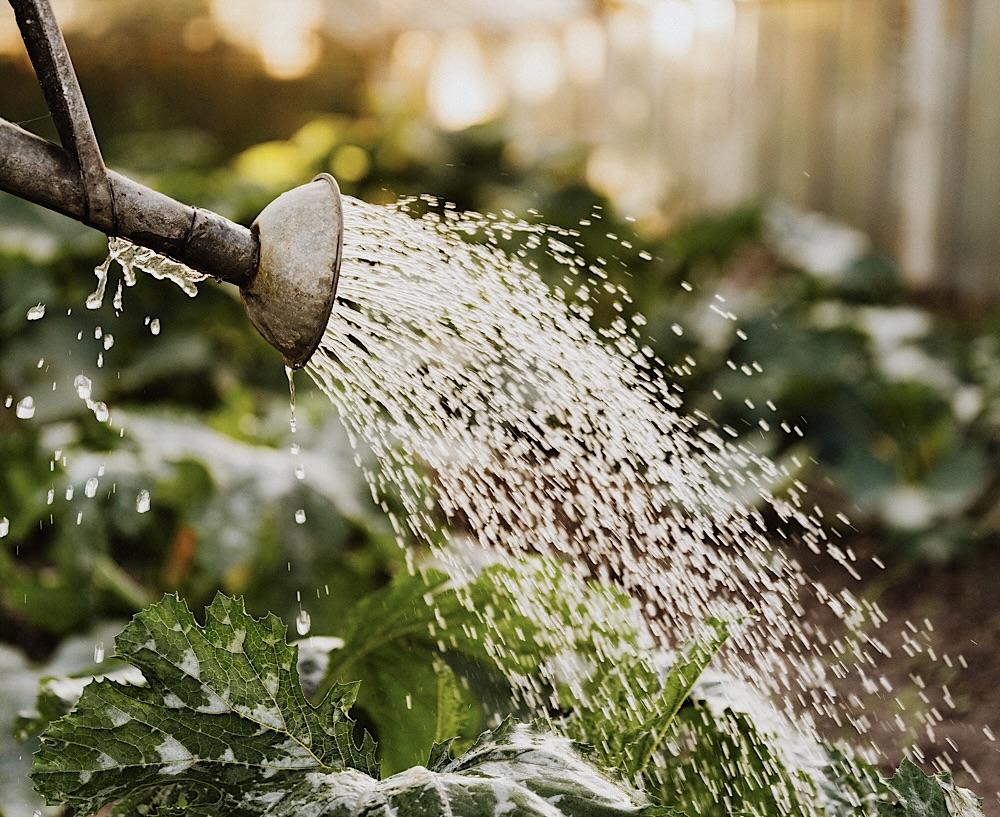Raised Garden Bed Tips
11 Ways Raised Garden Beds Help Save Water
If you’re a gardener, chances are you’ve heard the phrase “conserve water” more times than you can count. But did you know that raised garden beds can help conserve water in your home garden and you can still have a greater harvest? It’s true! Raised garden beds provide many benefits to the gardener, and one of them is conserving precious H2O. Here are 11 ways raised garden beds can help conserve water in the home landscape. So let’s get started on this journey of discovery by letting our green thumbs do the talking!

1.The soil environment is more conducive to plant growth.
Raised beds offer several distinct advantages to gardeners, particularly when it comes to soil environment and water conservation. The soil of raised beds is generally much looser than that in traditional gardens, allowing for better aeration and faster drainage. This makes it easier for plants to absorb the nutrients they need from the soil, which results in healthier plants.
Order raised garden beds here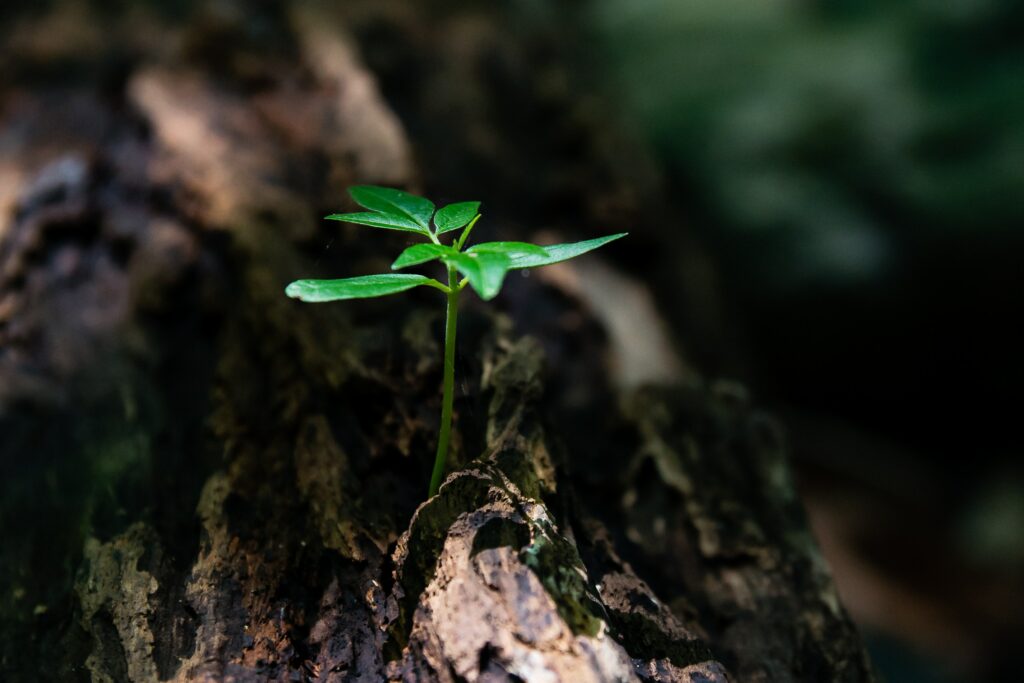
2. Provides better drainage, allowing excess water to escape.
Raised beds provide superior drainage compared to traditional in-ground gardens, allowing excess water to escape. This is due to the loose soil structure of raised beds, which provides more air space and better aeration for water molecules to move through. Additionally, the sides of the bed are slightly elevated, so any pooling water can quickly flow away . These features of a raised bed garden help reduce the need for frequent irrigation, thus conserving water.

3. Improves the soil structure and conserves moisture.
The accumulation of organic matter over time is essential to the success of raised bed gardening. As organic material breaks down, it creates a loose and aerated soil structure that provides better drainage and air circulation. Additionally, the breakdown of organic matter releases nutrients into the soil, making them available for plants to absorb. This helps promote healthier growth and less need for fertilizer. The organic matter also helps retain moisture in the soil, which further reduces the need for irrigation.
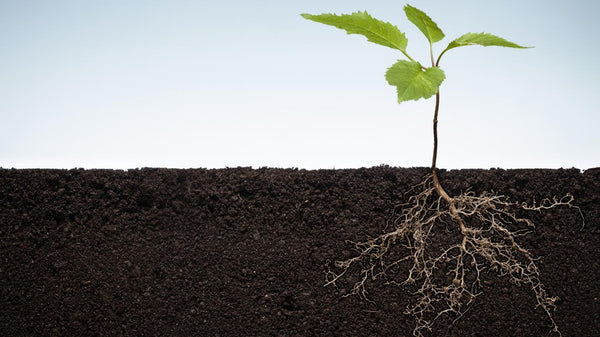
4. More moisture, less irrigation.
Soil compaction of raised beds means roots have access to more moisture, so plants don’t need as much extra irrigation. Soil compaction in raised beds is beneficial for plant growth, as the compacted soil allows roots to access more moisture. This means plants don’t need as much additional irrigation in order to stay healthy and productive. The soil compaction of raised beds also provides better water absorption and retention, allowing the soil to retain more moisture for a longer period of time. This is beneficial for plants, as it helps reduce stress and makes them more resilient to drought conditions.
5. Reduces or eliminates weed pressure
Reduces or eliminates weed pressure which reduces competition for resources and minimizes watering needs. Weeds are an unwelcome guest in any garden, as they compete with plants for resources. In raised bed gardens, however, the issue of weed pressure can be greatly reduced or even eliminated altogether. This is due to the higher walls of the bed which prevent most weed seeds from entering, as well as the ability to plant dense crops that can out-compete weeds. By reducing or eliminating weed pressure, gardeners can focus solely on their crops without having to worry about removing unwanted weeds. This also means less irrigation is needed as the plants won’t need to compete for water with weeds.
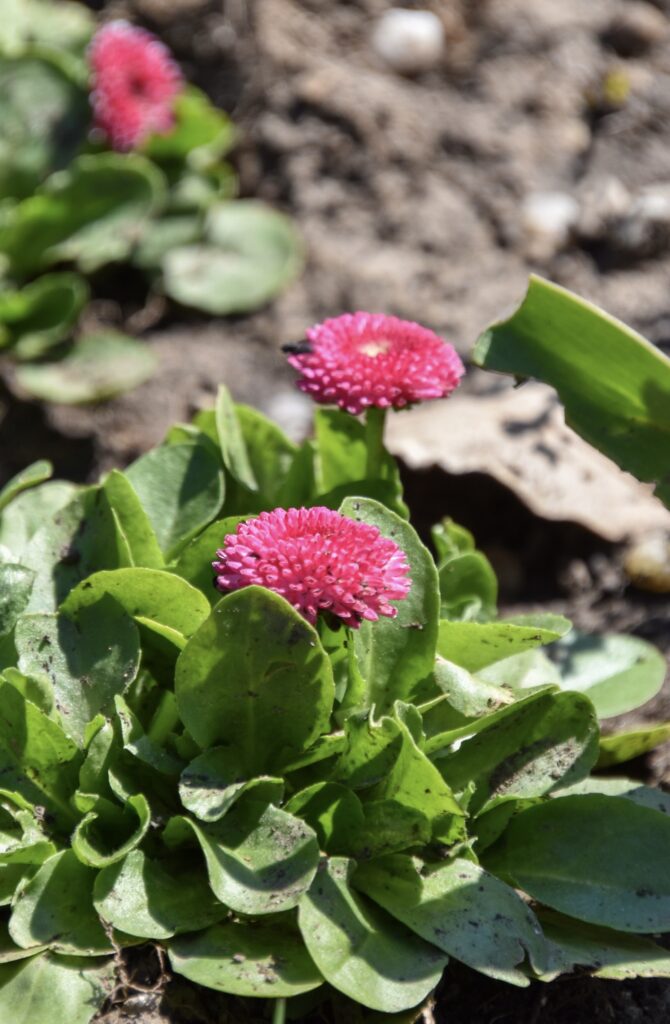

6. Warmer temperatures allow for a longer growing season.
Raised beds are beneficial for plants due to the warmer temperatures they generate. Because the sides of the bed are slightly elevated, they trap heat more efficiently than traditional gardens. This in turn results in a longer growing season with less water usage. As plants don’t need to compete as much for resources, they can remain productive and healthy for longer periods of time, reducing the need for irrigation and conserving water.
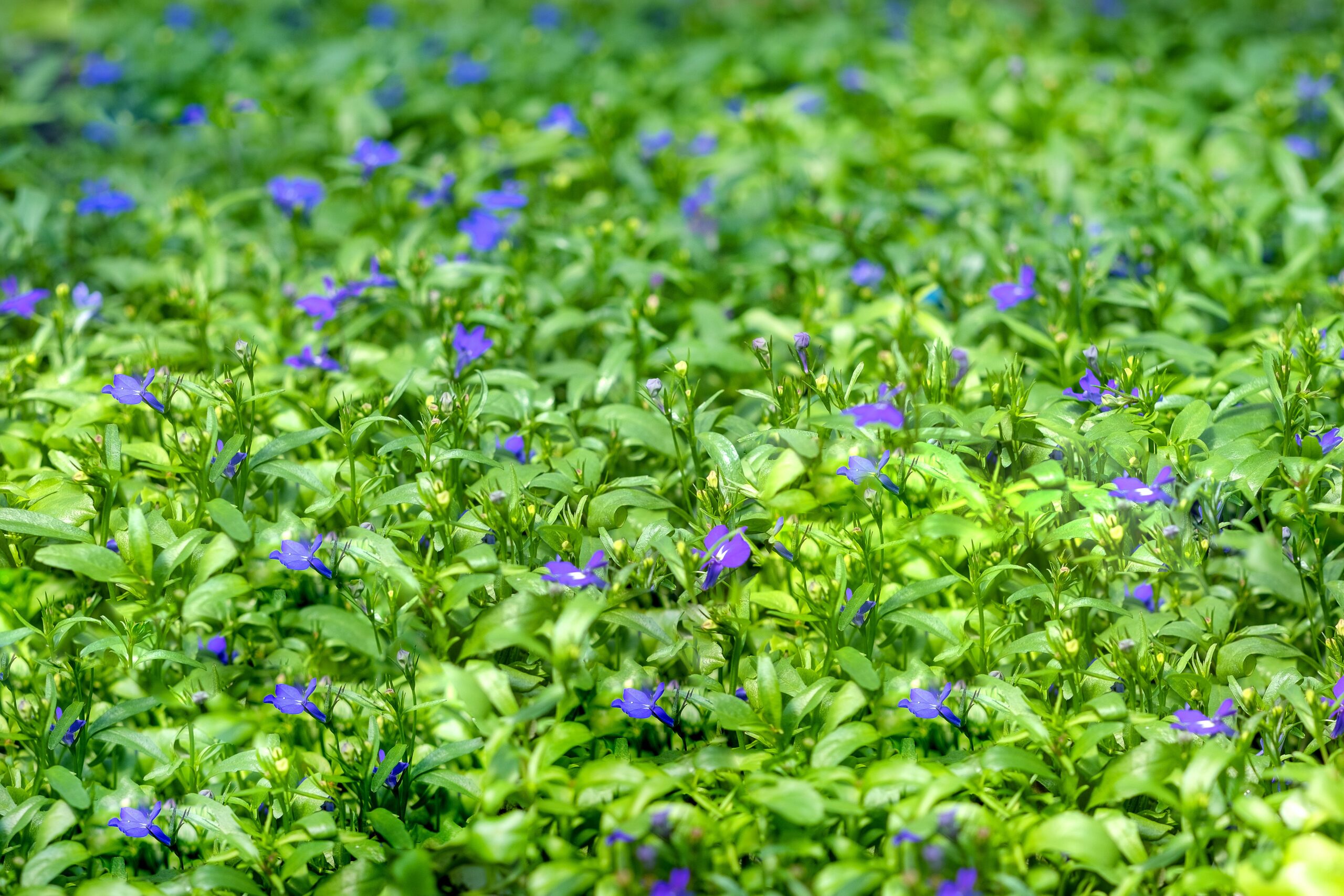
7. Maximizes water absorption through deeper root systems.
Creates an environment that maximizes water absorption rates through deeper root systems. Raised beds create an ideal environment for maximized water absorption rates through deeper root systems. The loose and aerated soil structure of raised beds allows water molecules to move more easily and efficiently, resulting in better water absorption by the plants. Additionally, the sides of the bed are slightly elevated, which forces roots to extend further down into the soil . This further increases water absorption as the deeper root systems can access more moisture. The end result is plants that are better adapted to dry conditions, thus requiring less irrigation over time.

8. Improved air circulation helps reduce diseases.
The loose and aerated soil structure of raised beds improves air circulation, which is necessary to prevent diseases caused by wet conditions such as root rot. Additionally, the increased air flow reduces humidity levels inside the soil, which further reduces the risk of disease. The improved air circulation also helps reduce pests, as many pests like to lay their eggs in damp and humid soil, making raised bed gardens less attractive for them.
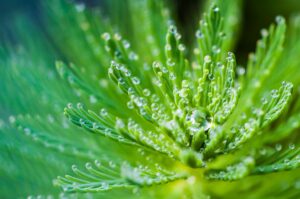
9. Captures rainfall more efficiently.
Raised beds are highly efficient when it comes to capturing rainwater because they prevent the water from percolating into the ground. This means that more rainwater is available to be absorbed by the plants, thus reducing the need for supplemental irrigation. In addition, due to the raised sides of the bed, more water is retained in the soil and available for plant uptake.
Order raised garden beds here10. Minimizes runoff which decreases erosion and soil compaction.
Raised beds are an excellent way to minimize runoff since the walls are designed to stop rainwater from pooling in the bottom of your garden bed. This helps decrease erosion and soil compaction, which can be damaging to plants due to reduced oxygen levels and water retention capacity. The raised beds also help keep the soil temperature more consistent, which is beneficial for plants as it reduces stress and allows them to grow more efficiently.


11. Provides targeted watering only where needed.
Drip irrigation systems are a great way to conserve water and provide targeted watering only where needed. With drip irrigation, the water is delivered directly to the root zone of the plants in a slow and controlled manner, and any excess water can be collected and reused. This helps reduce the amount of water lost through evaporation, which can be particularly helpful in areas with low rainfall. Additionally, the targeted watering of drip irrigation systems helps conserve water by ensuring it only goes to where it’s most needed and not wasted on areas that don’t need it.
Raised garden beds are an excellent way to conserve water, as they improve air circulation and minimize runoff. Additionally, the increased temperatures generated by raised beds provide a longer growing season with less need for irrigation. The deeper root systems created in these gardens capture rainfall more efficiently while drip irrigation systems allow targeted watering only where needed. Investing in a raised bed can be beneficial for both your plants and wallet alike due to their ability to reduce water usage over time without sacrificing growth or yield. Whether you’re looking for ways to save money on your monthly bills or just want a healthier environment in your own backyard, installing easy raised garden beds is definitely worth considering!
